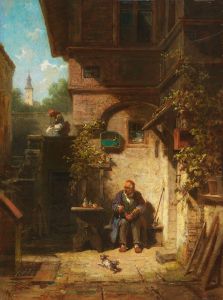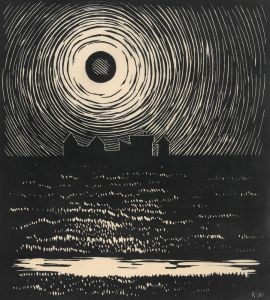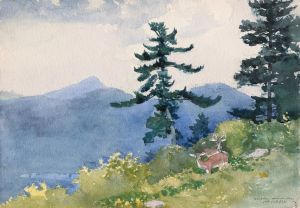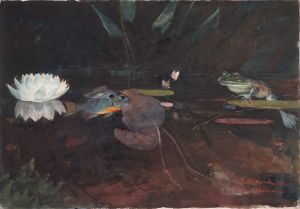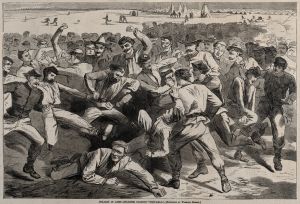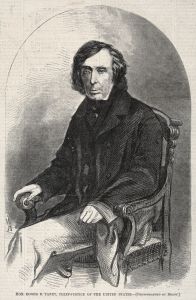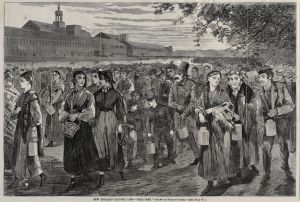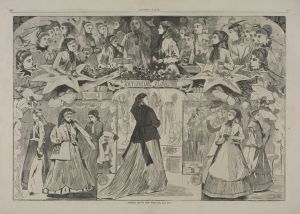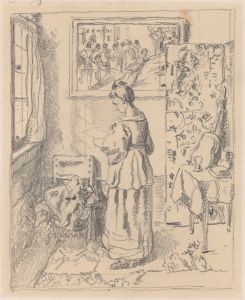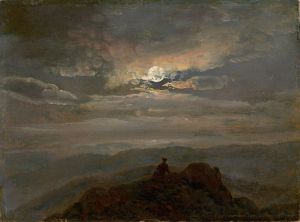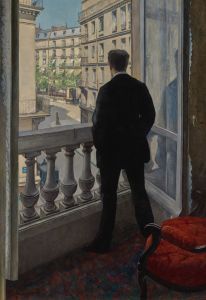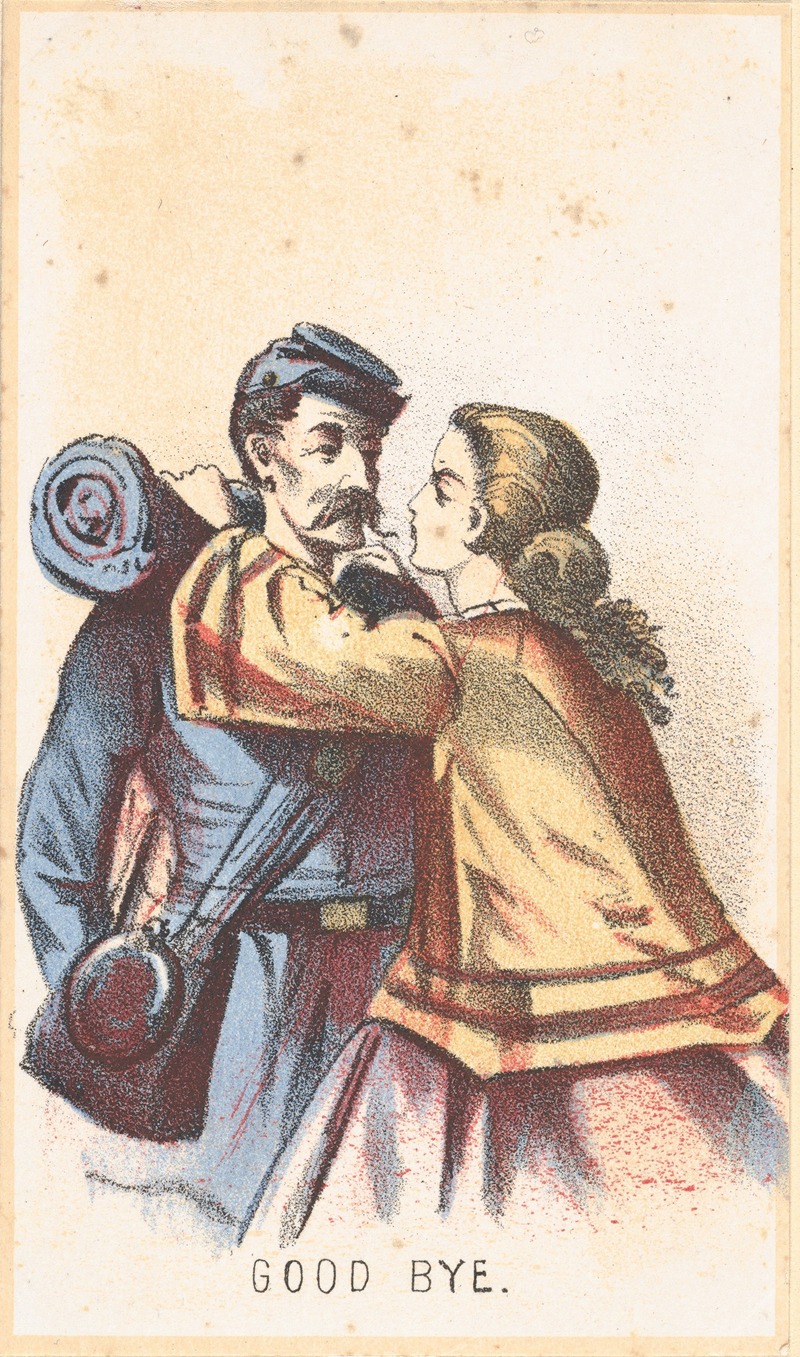
Good Bye
A hand-painted replica of Winslow Homer’s masterpiece Good Bye, meticulously crafted by professional artists to capture the true essence of the original. Each piece is created with museum-quality canvas and rare mineral pigments, carefully painted by experienced artists with delicate brushstrokes and rich, layered colors to perfectly recreate the texture of the original artwork. Unlike machine-printed reproductions, this hand-painted version brings the painting to life, infused with the artist’s emotions and skill in every stroke. Whether for personal collection or home decoration, it instantly elevates the artistic atmosphere of any space.
"Good Bye" is a watercolor painting created by the American artist Winslow Homer in 1894. Homer, known for his marine subjects and depictions of American life, was a prominent figure in 19th-century American art. His works often reflect a deep connection with nature and a keen observation of human interactions.
"Good Bye" captures a poignant moment of departure, featuring a young woman standing on a rocky shore, waving farewell to a ship sailing away. The painting is noted for its emotional depth and the use of natural elements to convey a sense of longing and separation. The woman's posture and the distant ship evoke a narrative of parting, common in Homer's oeuvre, which frequently explored themes of isolation and the human condition.
The watercolor medium allowed Homer to achieve a delicate balance of light and color, enhancing the atmospheric quality of the scene. The use of muted tones and the careful rendering of the sea and sky contribute to the melancholic mood of the painting. Homer's technique in "Good Bye" demonstrates his mastery of watercolor, a medium he turned to more frequently later in his career, particularly during his time spent in coastal Maine and the Caribbean.
Homer's choice of subject matter in "Good Bye" reflects his broader interest in the lives of ordinary people and their interactions with the natural world. The painting can be seen as part of a larger body of work that includes other notable pieces such as "The Fog Warning" and "Breezing Up (A Fair Wind)," which similarly depict maritime themes and the relationship between humans and the sea.
"Good Bye" is housed in the collection of the Art Institute of Chicago, where it continues to be appreciated for its emotional resonance and technical skill. The painting is an excellent example of Homer's ability to convey complex emotions through simple, yet powerful imagery. It remains a significant work within his extensive portfolio, illustrating his continued relevance and influence in American art history.
Winslow Homer (1836-1910) was largely self-taught, beginning his career as a commercial illustrator before transitioning to painting. His early works often depicted scenes from the American Civil War, but he later became renowned for his landscapes and seascapes. Homer's time spent in England, particularly in the fishing village of Cullercoats, had a profound impact on his artistic development, leading to a greater emphasis on the human figure and a more nuanced approach to light and atmosphere.
Throughout his career, Homer received critical acclaim and his works were exhibited widely. Today, he is celebrated as one of America's greatest painters, with "Good Bye" standing as a testament to his enduring legacy and his ability to capture the subtleties of human experience through art.





